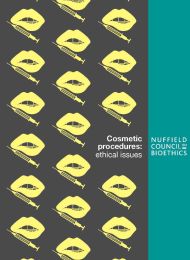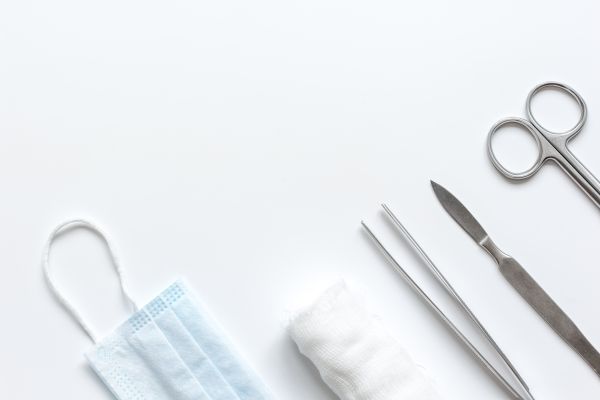Cosmetic procedures: ethical issues
Report
Published 22/06/2017

The ‘business’ of cosmetic procedures
Most cosmetic procedures are provided in the private sector, and the connection between cosmetic procedures and the beauty industry makes this sector ‘big business’, driven by commercial interests and proactive marketing.
Size of the market
There is very little information publicly available about the size and value of the cosmetic procedures market, other than estimates by market research companies. These suggest sustained growth: one estimate for the UK sector in 2015 (including surgical and non-surgical procedures) was £3.6 billion, up from £720 million in 2005. In the US, the cosmetic surgery market alone was assessed in 2015 as $20 billion.
Growth in the number of procedures
Similarly, no information is available on the total number of procedures undertaken each year, whether in the UK or elsewhere. One 2009 UK estimate was 1.2 million procedures a year (92% of which were for non-surgical procedures such as botox and fillers) with significant growth expected since. One association of NHS-qualified plastic surgeons working in the cosmetic sector reported a threefold increase in cosmetic surgeries between 2004 and 2015 undertaken by its members, followed by a 40% drop in 2016. In contrast the large commercial groups report ongoing growth in 2016 for both surgical and nonsurgical procedures.
Market drivers
- The development and marketing of new products and procedures are an important driver of the market, especially where these offer less invasive alternatives to cosmetic surgery. In some cases products and procedures used in medical care are ‘repurposed’ for cosmetic uses, although the evidence base for the cosmetic claims made may not always be strong.
Developments include:
- the use of platelet rich plasma in ‘vampire’ treatments on breasts, and faces;
- ‘fat freezing’ as a non-surgical alternative to liposuction; and
- the use of dermal fillers and botox in new areas of the body, including ears, knees, and feet.
In some cases, such as the production and sale of breast implants and dermal fillers, strong commercial competition among manufacturers has led to significant concerns about safety and quality.
Business models
The cosmetic procedures industry is a complex network that includes: those who develop products, procedures and technologies; provider companies and practitioners; financiers; agents; and advertisers. The business models through which cosmetic procedures are offered include:
- self-employed health professionals;
- private hospitals and clinics that also provide mainstream medical care;
- large commercial group providers who specialise in cosmetic procedures; and
- beauty salons, spas, gyms, and other parts of the beauty and ‘wellness’ sector.

Share